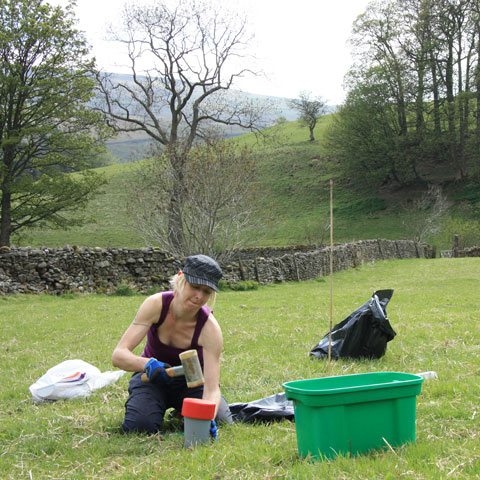Haymeadows are good for the environment say researchers

Traditional haymeadows are much better at supporting biodiversity and preventing water pollution than intensively farmed fields according to research from Lancaster University.
This is because haymeadows lose five times less nitrogen from the soil, which is needed for plant growth.
However, nitrogen becomes a pollutant if it leaches into rivers and contaminates the water supply.
The research was based on an analysis of 22 fields in the Yorkshire Dales and published in PLOS ONE under the title “Extensive management promotes plant and microbial nitrogen retention in temperate grassland” by Franciska de Vries, Helen Quirk, Carly Stevens, and Richard Bardgett from Lancaster Environment Centre, Jaap Bloem from Alterra, Wageningen University and Research Centre in The Netherlands and Roland Bol from Forschungszentrum Jülich in Germany.
Lead researcher Dr Franciska de Vries of the Lancaster Environment Centre said: “Nitrogen that leaches from the soil with drainage water forms a threat for water quality and high levels in drinking water can threaten human health. It can also reduce species diversity in rivers and grasslands.”
The researchers took a total of 162 intact columns of soil as part of a large scale field-observation and glasshouse experiment over several months.
Dr de Vries said: “We watered the columns of soil and measured how much leached out. We also looked at the microbial community which is important because microbes immobilise nitrogen in the soil.
“We show that traditionally managed haymeadows have lower leaching of nitrogen because the plant roots take up more nitrogen, but also because the microbial community in these hay meadows is dominated by fungi instead of bacteria.”
Haymeadows with more fungi are better able to retain nitrogen and prevent it leaching away into the water.
“Haymeadows might support more biodiversity because their microbial communities can immobilise three times more added nitrogen into their biomass.”
The project was funded by the EU 7th framework project Soilservice.